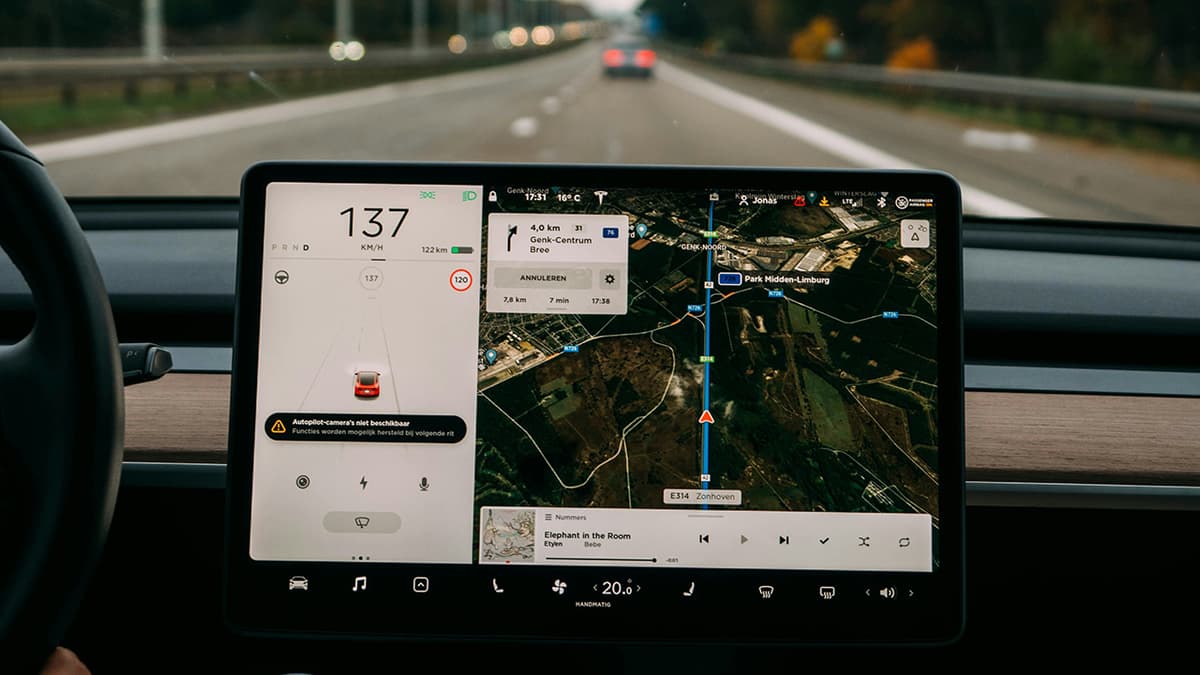The Tale of Correlation and Causation: Unraveling the Mystery in Data Analysis
In the world of data analysis, correlation and causation are two key concepts that often appear together yet have distinct meanings. Understanding their differences is vital for accurate interpretation of data.
What is Correlation?
Correlation is a statistical measure that indicates the extent to which two variables change together. It shows how closely they are related. For example, when ice cream sales increase, sunglasses sales also tend to rise. This relationship does not imply that one causes the other; instead, they merely exhibit a tendency to move together.
What is Causation?
Causation refers to a relationship where one variable directly affects another. For instance, when an online store improves its website performance, customer satisfaction often increases as a result. This illustrates a clear cause-and-effect relationship.
Why Distinguishing is Important
Mistaking correlation for causation can lead to erroneous conclusions. For instance, just because frogs croak before it rains does not mean they cause the rain. Correlation does not prove causation, which is a crucial principle in data analysis.
Methods to Establish Causation
To identify true causation, data analysts use certain methods, such as:
- Experimental Studies: These involve manipulating one variable to observe its effect on another.
- Randomized Controlled Trials: Participants are randomly assigned to different groups to determine the impact of a specific variable.
These rigorous approaches enable analysts to make confident assertions about causal relationships.
Understanding the distinction between correlation and causation is essential in data analysis. Recognizing their unique roles helps in making informed decisions based on data.












